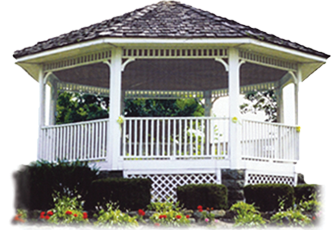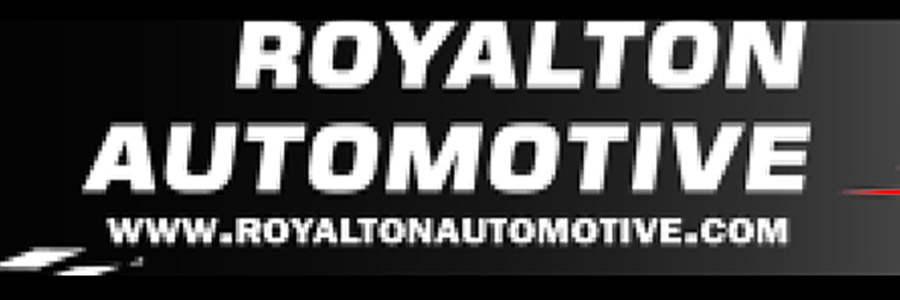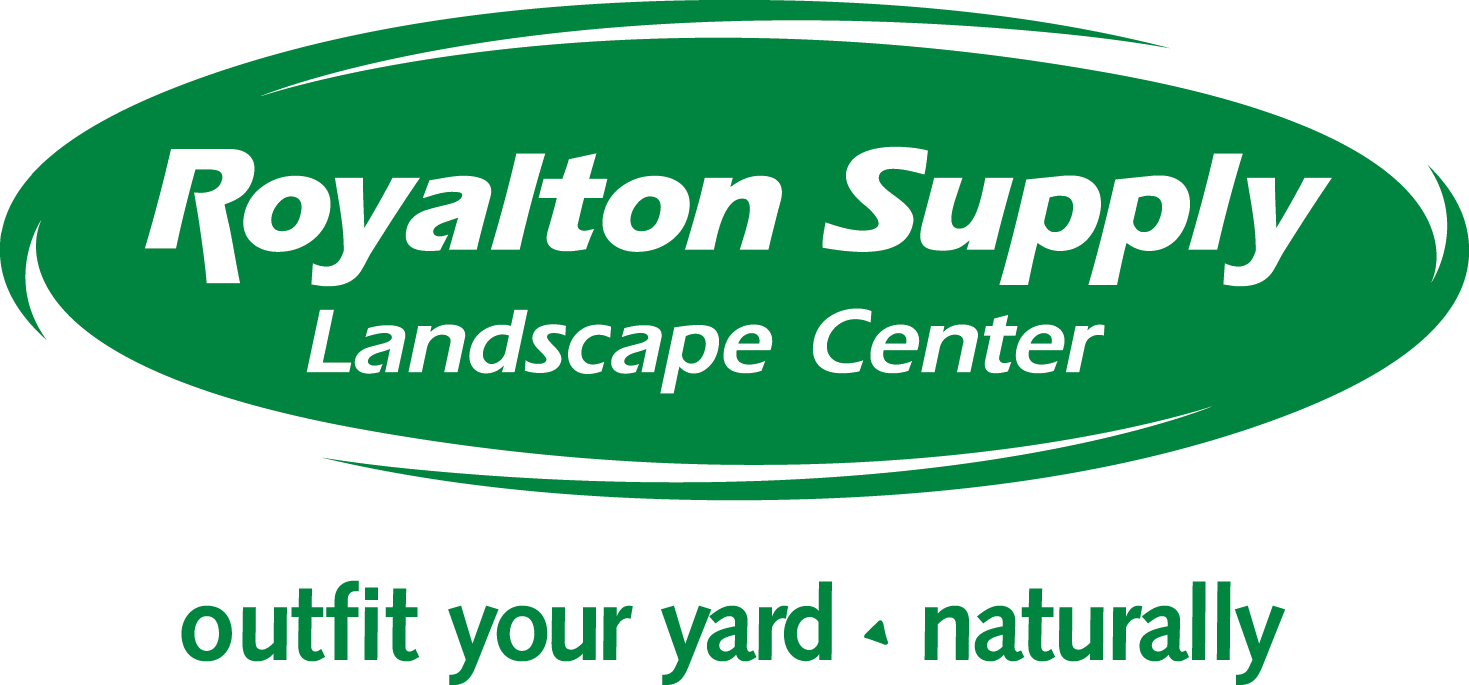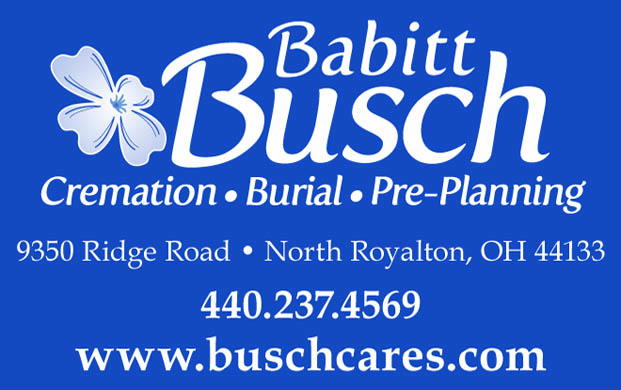By GLORIA PLEVA KACIK
Contributing Writer
City Council unanimously adopted a resolution, introduced by Mayor Bob Stefanik and all of City Council, that requests the Ohio Department of Natural Resources (ODNR) to control deer populations in Cuyahoga County. The resolution comes on the heels of discussion that took place between local area Mayors and Managers.
Stefanik initiated the conversation in the hopes that leaders from other northeast Ohio communities will join him in sending a message down state. The message: the deer belong to you and the problems that the deer have created are your responsibility. The ever-increasing population of deer caused an ever-increasing amount of damage to vegetation and increased motor vehicle collisions every year. Discussion had taken place among the various community leaders at recent Cuyahoga County Mayors and Manager Meetings, according to Stefanik. He has drafted a letter, with input from some of these leaders, to Ohio Governor John Kasich, James Zehringer from the Ohio Department of Natural Resources and members of the Ohio Legislature, on the matter. Stefanik stated that the letter and the corresponding resolution are currently in front of the Executive Committee of Mayors and Managers.
The letter points to Ohio Revised Code 1531.02, an Ohio law, which states that the ownership of all the wild animals who reside here belongs to the state of Ohio. It points out that while the state has been aware of the growing problems that municipalities and their residents are facing with the growing population of deer, it has done nothing to help rectify the problem, even though the Ohio General Assembly has bestowed power to control matters pertaining to the wild animals, which includes the regulation thereof, the only response from the Ohio Department of Natural Resources (ODNR) is to pass the buck back to the cities. Their “response to this deer population explosion has been to issue ‘information’ to our cities and our residents on non-lethal techniques for addressing deer damage,” according to the letter. It adds, “while ODNR takes very seriously its authority over oil and gas natural resources, permitting wells in urban areas without any interference from municipal corporations, ODNR has declined to exercise its authority to manage and control the ever-growing deer population.
The failure to respond and the misdirection of the matter back to local government has been deemed unacceptable. The letter notes that this “constitutes an intentional disregard for the property and safety of our residents.” It calls for the Ohio Department of Natural Resources to do its duty and “take proactive steps to reduce and control the deer population.”
Along with the letter, the resolution was also drafted which encapsulates the same message.
Stefanik hopes that the various Mayors and Managers will sign the letter and take the resolution back to their Councils for adoption. The resolution was not only adopted in North Royalton, but surrounding communities. Seven Hills and Broadview Heights have also adopted similar legislation. The city of Parma has introduced the same.
Ultimately, Stefanik said that he hopes that “the state will recognize that it is their responsibility and step up to the plate and take action.” He said that he would like to see the state institute some sort of birth control program for the deer population.
In the interim, residents of North Royalton will continue to try dealing with the hazards presented by the deer population. In recent years, certain areas of the city have been more prone to deer-motor vehicle accidents. Some hot spots are Ridge Road/SR 3, York Road, State Road/SR 94, Royalton Road, Wallings Road, Bennett Road, Albion Road, Sprague Road, West 130 Street, Edgerton Road and Abbey Road.
The best ways to decrease your chances of being involved in a deer collision, is to be vigilant, sober, awake and slow down, especially in deer populated areas, during dawn and dusk. Make sure your seat belts are fastened and watch for deer crossing signs. Use high-beam headlights when possible, to increase your field of vision. This will give more time to react. If you see one deer, there are often others, as they tend to travel in groups.
If you cannot avoid a collision with a deer, try not to swerve to avoid hitting the deer. Hold the wheel straight, brake firmly and stay in your lane, while bringing the car to a stop. Turning the wheel to avoid the hitting the deer could cause an accident with another car, or cause your car to spin out of control, which could result in a more serious accident.
Along with being mindful of driving, it is also recommended that motorists make sure that their automobile insurance covers accidents involving deer. Ohio Lieutenant Governor and Department of Insurance Director Mary Taylor urges motorists to review their policies with their agent to ensure that they have appropriate coverage if they hit a deer. “This is the time of year when we see an increase in the number of deer related accidents,” Taylor said. “Drivers should be extra cautious in the morning and early evening, and check to make sure they have the appropriate level of insurance coverage.” She said that insured collision portion of the policy’s physical damage does not include collisions with a deer. Usually the comprehensive portion of the coverage is the part that would pay for repair. If your policy is for liability, the damage would not be covered. For more general information, visit the state’s website, www.insurance.ohio.gov.













